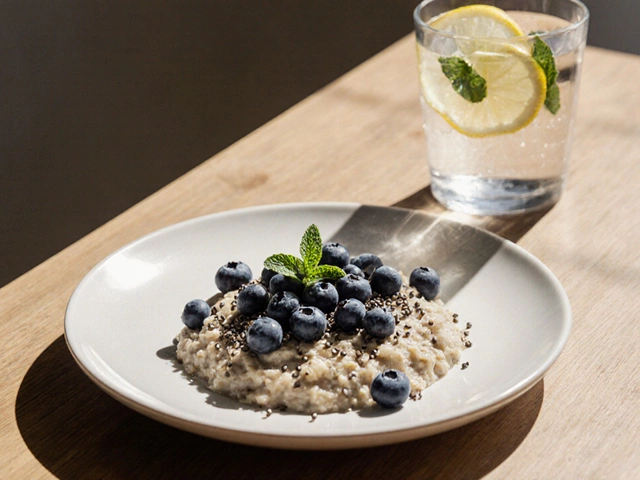Meat Tenderizer: Fast Tips for Juicy, Tender Cuts
If you’ve ever bitten into a tough steak or chewy chicken, you know how disappointing it can be. The good news? You don’t need a fancy chef’s knife or pricey equipment to fix it. A few simple meat tenderizer tricks can turn any hard piece into a melt‑in‑your‑mouth treat. Below are the most useful methods you can try right now.
Physical Tenderizing Techniques
First up, the old‑school ways that rely on force. A meat mallet or a heavy kitchen hammer works wonders. Just give the cut a few light blows; you’ll see the fibers break apart, making the meat easier to chew. If you don’t own a mallet, a sturdy fork or even a rolling pin does the job—just prick the surface all over.
Another easy trick is cutting against the grain. Look at the direction the muscle fibers run, then slice perpendicular to them. This shortens the fibers and reduces chewiness. Even a quick trim of the outer layer can help, especially on tougher cuts like flank or skirt steak.
Don’t forget the “pound and flip” method for chicken breasts. Place the breast between two pieces of plastic wrap and pound it evenly to about half its original thickness. You’ll end up with uniform pieces that cook faster and stay tender.
Enzymatic & Marinade Tricks
Enzymes are nature’s tenderizers. Fruits like pineapple, papaya, and kiwi contain bromelain or papain, which break down protein chains. Mix a few spoonfuls of fresh fruit puree into your marinades, but watch the time—30 minutes is enough; longer can make the meat mushy.
Baking soda is another cheap helper. Sprinkle a thin layer on the meat, let it sit for 15‑20 minutes, then rinse and pat dry before cooking. The alkaline environment loosens the fibers without adding flavor, so you’ll still control the taste with herbs and spices.
If you prefer a ready‑made product, commercial meat tenderizer powders are fine for beef and pork. They’re essentially dried enzymes. Follow the package directions, usually 1‑2 teaspoons per pound, and let the meat rest for at least an hour in the fridge.
Combine these methods with a good marinade. Acidic ingredients like lemon juice, vinegar, or yogurt help dissolve tough tissue while adding flavor. Aim for a 2‑hour marinate for chicken, and up to 6‑8 hours for beef, depending on thickness.
Finally, always cook at the right temperature. Over‑cooking is the biggest cause of toughness. Use a meat thermometer: 145°F for pork, 160°F for ground beef, and 165°F for chicken. Pull the meat off a few degrees early; residual heat will finish the job without drying it out.
With these simple meat tenderizer tricks, you can turn any cheap cut into a restaurant‑quality bite. Try one method, mix and match, and discover what works best for your kitchen. Happy cooking!

What Really Happens If You Don’t Rinse Baking Soda Off Meat? Safe Kitchen Answers
by Landon Weathers / 5 Jul 2025What’s the risk if you skip rinsing baking soda off meat? This article uncovers side effects, food safety facts, and the science behind proper rinsing in your kitchen.




